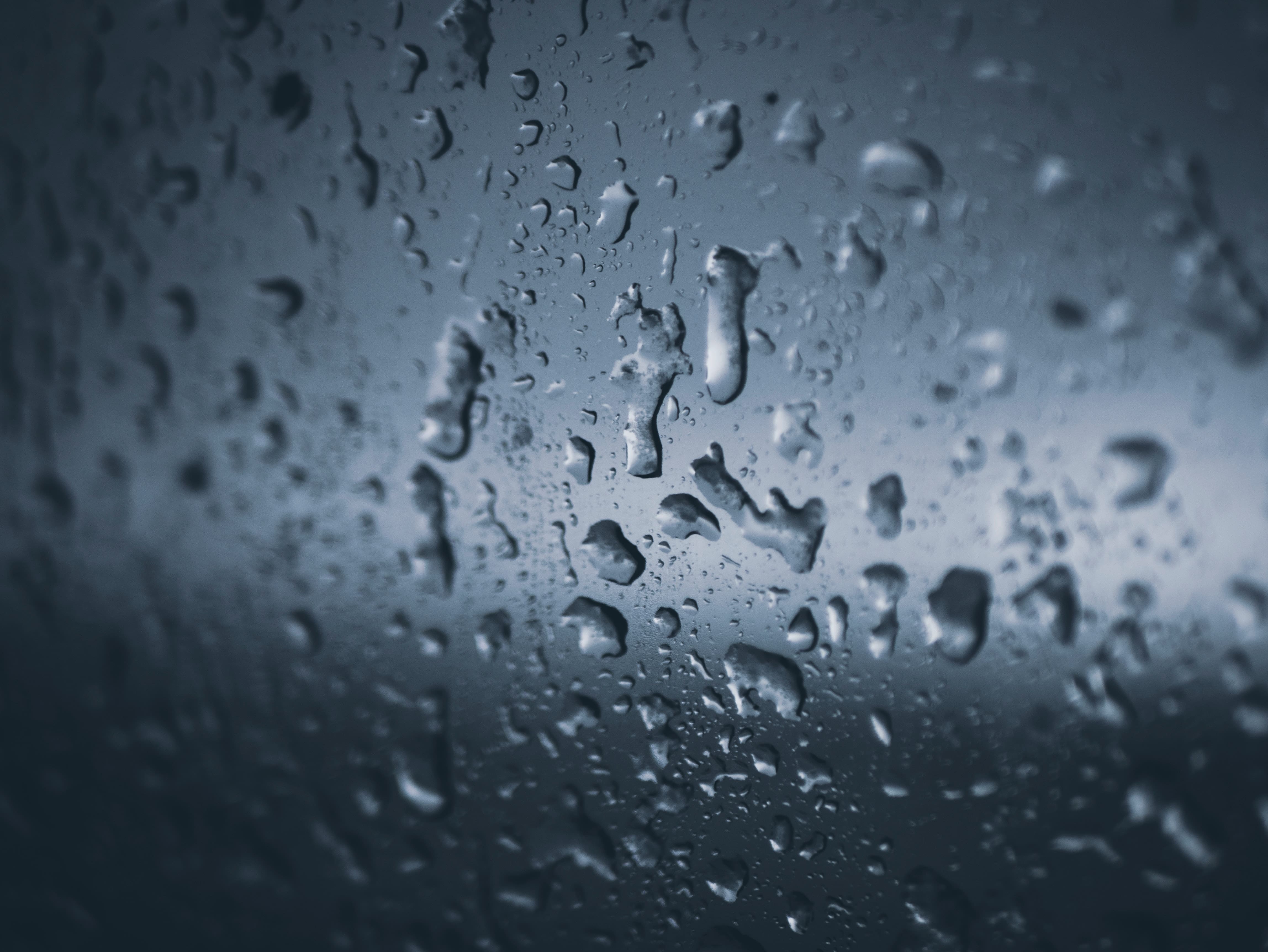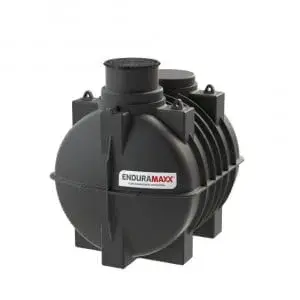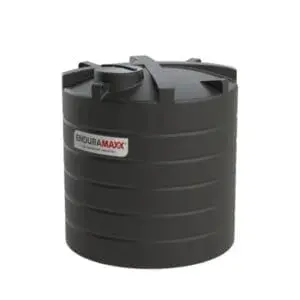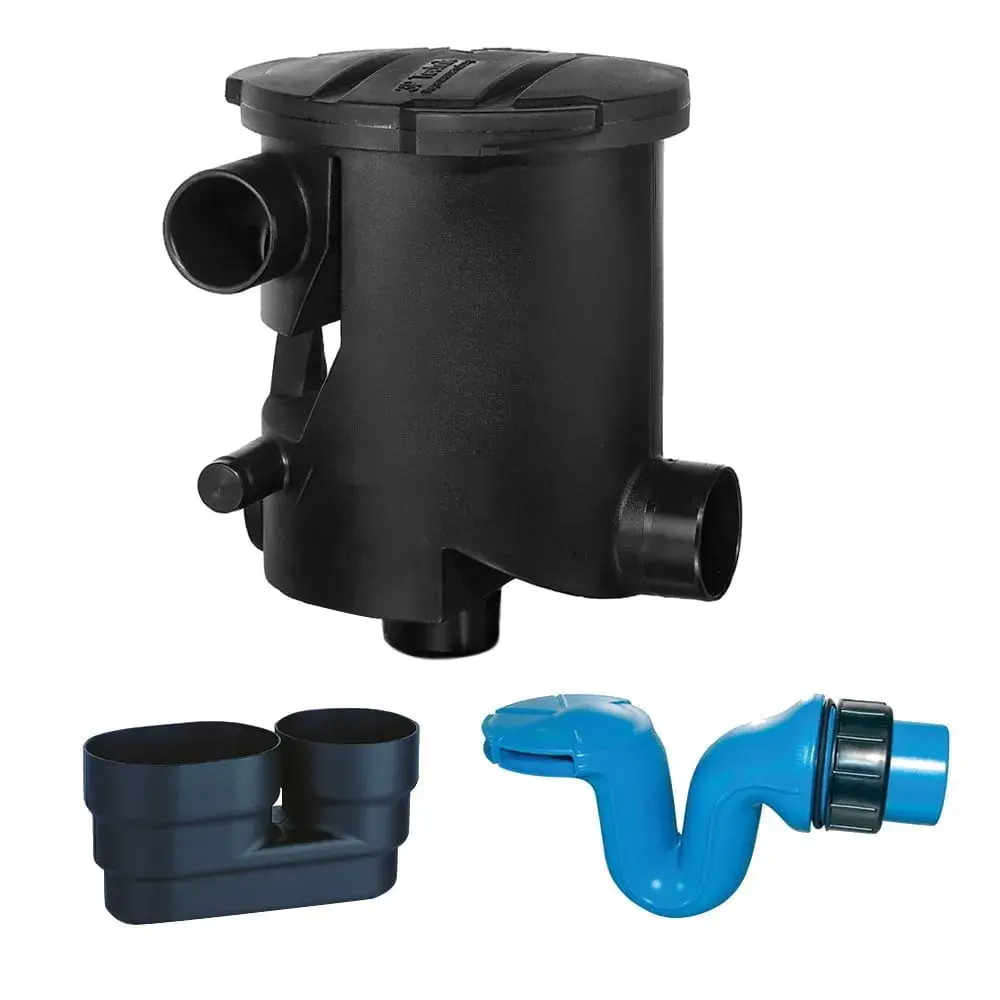
Rainwater reuse can be a very effective measure to counter potential summer water shortages, and it makes a lot of sense in areas with frequent rainfall over the winter. It’s estimated that rainwater harvesting can reduce mains water consumption by up to 50% - or even more at times when rain is abundant and you have a large capacity tank in place.
To help get you started, in this article, we describe 5 ways you can reuse rainwater at home:
1) Garden Watering
Gardening has experienced a boom in popularity in urban areas following the pandemic. However, establishing a new garden and sustaining healthy plants in the crucial first couple of years is a high-water consumption activity, and its popularity may put additional pressure on already-strained water resources.
Many homeowners use hundreds of litres of mains, drinkable water to maintain their gardens each year. But with rainwater harvesting, you can recycle rainwater and use it for your garden without having any impact on the availability of drinking water.
2) Washing Your Car
Using mains-fed hosepipes to wash your car can use up to 10 litres of water per minute. It’s easy to see how much this could add to your water bill. When you capture and reuse rainwater, you can save money and water, limiting your impact on the environment, while saving potable mains water for drinking and washing.
3) Toilet Flushing
Flushing the toilet uses an average of 9 litres / flush, and the average Brit flushes 5 times per day. According to WaterWise, flushing accounts for up to 30% of the water used in a household. Reusing rainwater for flushing is perfectly achievable, as long as the water is filtered before use. This is to ensure there is no debris present that could block pipes and valves when the water is returned to the wastewater outlet.
4) Washing Clothes
Rainwater is generally clean at source and can be used to operate washing machines with only minimal filtration required beforehand. As an added benefit, rainwater is naturally ‘soft’, which means you will need to use less fabric conditioner and detergent (up to 50% in some cases), and there will be less chances of limescale build-up in your washing machine (so you’ll save on maintenance and repairs too!).
5) Household Cleaning
Because rainwater doesn’t contain calcium or chlorine (which are both present in tap water), it’s perfect for use in window and floor cleaning, as it will not leave streaks behind. And of course, rainwater can also be used for outdoor patio and deck cleaning.
What Next?
Our Enduramaxx rainwater harvesting and storage tanks are made in-house in a wide range of capacities, and are suitable for use in both homes and businesses. For more information about rainwater harvesting and the best solution for your home, please call 01778 562810 today.
Image Source: Unsplash
Posts By Topics
- Blog (303)
- Chemical Storage Tanks (118)
- Chemical Dosing Tanks (114)
- Chemical Tanks (114)
- Water Tanks (58)
- Rainwater Harvesting Tanks (43)
- Vertical Rainwater Tanks (31)
- Vertical Storage Tanks (31)
- Cone Bottom Tanks (19)
- Conical Cone Tanks (18)
- Rainwater Harvesting (17)
- Water Bowsers (15)
- Horizontal Tanks (14)
- Potable Water Tanks (13)
- Farming (9)
- Case Studies (8)
- Industrial Storage Tanks (7)
- Liquid Fertilser Storage Tanks (6)
- WRAS Approved Potable Tanks (6)
- Wine and Beer Production (6)
- Horizontal Transport Tanks (5)
- Microbrewery (5)
- Rainwater (5)
- Category 5 Break Tanks (4)
- Cider Production (4)
- Mixer Tanks (4)
- Molasses Tanks (4)
- Polyethylene tanks (4)
- Rainwater Filter Kits (4)
- SPECIALIST & BESPOKE TANKS (4)
- Bunded Tanks (3)
- Slimline Tanks (3)
- WRAS Approved (3)
- Clarification Tanks (2)
- Crosslinked Polymer Tanks (XLPE) (2)
- Fertiliser Tanks (2)
- Sump Tanks (2)
- Tank Installation (2)
- Water Butt (2)
- underground water tanks (2)
- ACCESSORIES & FITTINGS (1)
- ATV & UTV SPRAYING UNITS (1)
- Above Ground Effluent Tanks (1)
- Bespoke Tank Frames (1)
- Category 5 Turret (1)
- Caustic Soda Tanks (1)
- Closed Top Bunded Tanks (1)
- Craft beer (1)
- Effluent Tanks (1)
- Enduramaxx (1)
- Ferric Chloride Tanks (1)
- Fire Safety Regulations (1)
- Fire Sprinkler Water Storage Tanks (1)
- Industrial Water Tank (1)
- Open Top Bunded Tanks (1)
- Open Top Cone Tanks (1)
- Open Top Vertical Tanks (1)
- Polyethylene Potable Water Tanks (1)
- Polyvinylidene Fluoride (PVDF) Tanks (1)
- Polyvinylidene Fluoride Tanks (PVDF) (1)
- Pressure Washers (1)
- Pro Series Spot Sprayers (1)
- RWH (1)
- Sodium Hydroxide Storage Tanks (1)
- Sprayer Fill-up Tanks (1)
- Uncategorised (1)
- liquid fertiliser tank (1)
Sign up to the newsletter
Amber
Related Posts
Calculating the Amount of Rainwater You Can Collect From Your Roof
Rainwater collected from the roof of your house, agricultural building, office block, restaurant,...
Calculating Your Roof Surface Area for Rain Harvesting: How Much Can I Save?
Calculating Your Roof Surface Area for Rain Harvesting – Your roof surface area is the size of your...
Calculating Your Roof Surface Area for Rainwater Harvesting
Calculating Your Roof Surface Area for Rainwater Harvesting, your roof collection area, when you...
Related Products
From £1,080.00 inc. VAT
£900.00 exc. VAT
From £1,344.00 inc. VAT
£1,120.00 exc. VAT
From £768.00 inc. VAT
£640.00 exc. VAT
£480.00 inc. VAT
£400.00 exc. VAT






